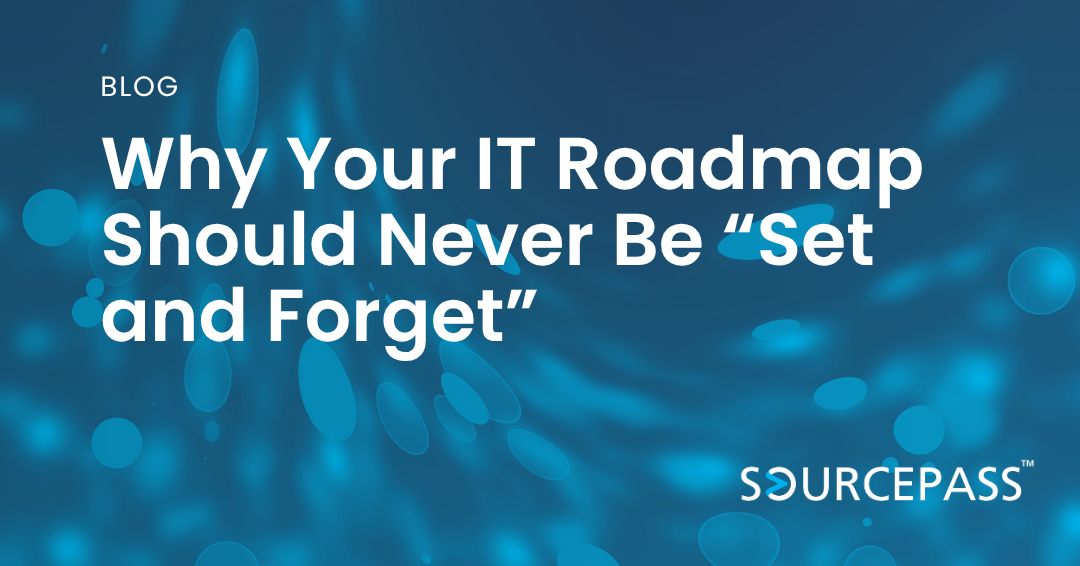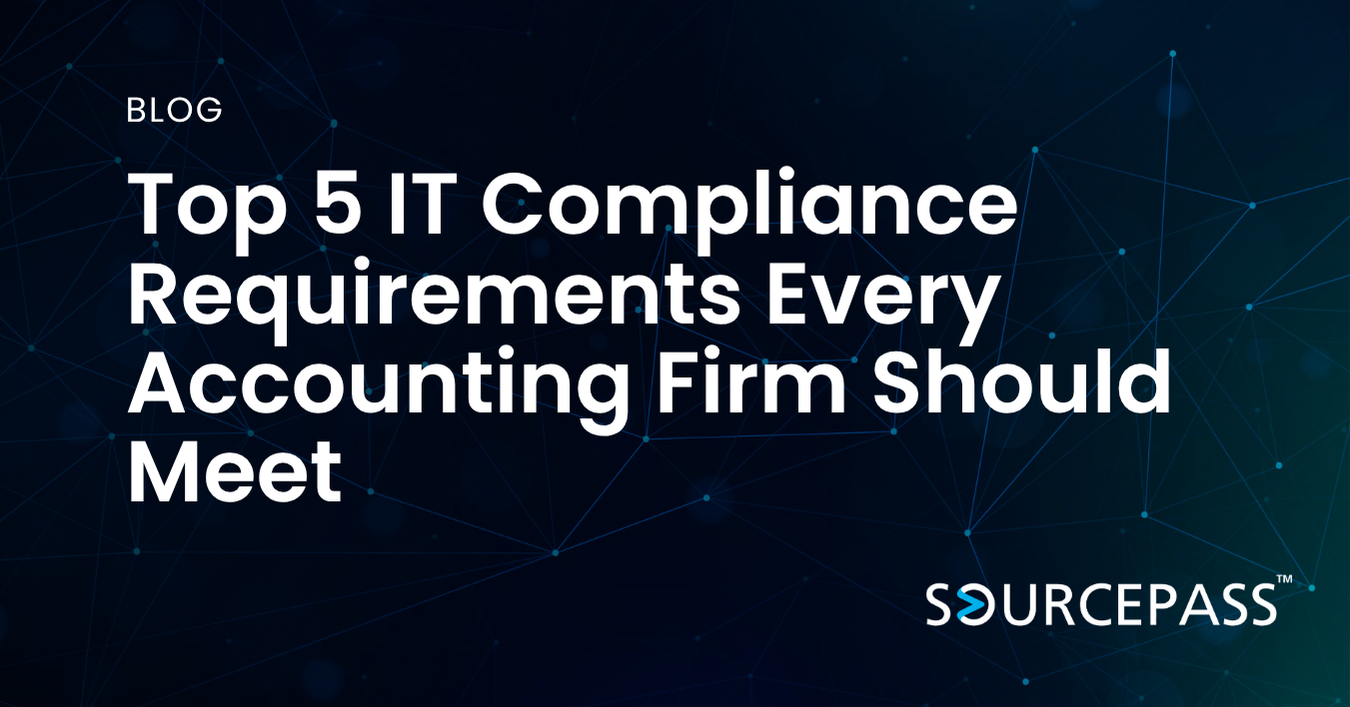Why Your IT Roadmap Should Never Be “Set and Forget”
Jul 17, 2025 Alex Davis Strategy & Modernization 2 min read



Building an IT roadmap is a major accomplishment. It provides your business with a clear plan to align technology investments with your strategic objectives.
But here’s the truth: an IT roadmap is not a one-and-done document.
The businesses that treat their roadmap as “set and forget” almost always fall behind — in efficiency, security, and innovation.
To stay competitive, your IT roadmap needs to be a living, breathing strategy — regularly reviewed, adapted, and refined as your business and the technology landscape evolve.
Here’s why ongoing roadmap review is critical — and how to build adaptability into your IT strategy.
1. Your Business Is Evolving, So Your IT Strategy Must, Too
No company stands still for long.
New opportunities arise. Customer expectations shift. Competition intensifies. Regulatory requirements tighten.
Your IT roadmap must evolve alongside your business to support:
- New goals (e.g., launching new services, expanding to new markets)
- New risks (e.g., emerging cybersecurity threats)
- New priorities (e.g., after mergers, leadership changes, or economic shifts)
What made perfect sense 12 months ago might no longer be the right focus today.
Key Takeaway: Your roadmap should be a tool for continuous alignment, not a rigid plan that locks you into yesterday’s strategy.
2. Technology Changes Faster Than You Think
The pace of technological change is relentless:
- New cybersecurity threats emerge daily
- Software vendors update products, licensing, and end-of-support dates
- New solutions (like AI, automation, or cloud advancements) can create new competitive advantages
- Vendors and platforms you rely on may sunset products or services
A roadmap created two years ago without updates may be based on outdated assumptions, missing newer and better ways to achieve your goals.
Key Takeaway: Keeping your IT roadmap current allows you to take advantage of innovation — and avoid the risks of relying on aging or obsolete technologies.
3. Regular Reviews Catch Small Problems Before They Become Big Ones
Routine roadmap reviews provide opportunities to:
- Identify slippage in timelines before it impacts the business
- Spot budget overruns early
- Realign projects that are drifting from business goals
- Surface new dependencies or risks
Instead of scrambling to react to unexpected problems, you can proactively manage them — saving time, money, and frustration.
Key Takeaway: Ongoing roadmap governance is about staying ahead, not playing catch-up.
4. Adaptability Builds Business Resilience
When businesses get stuck rigidly following outdated roadmaps, they become brittle — unable to respond quickly to new challenges or opportunities.
- Building flexibility into your IT planning makes your organization:
- More agile in responding to changes
- Better able to capitalize on emerging technologies
- More resilient against risks and disruptions
This mindset shift — from static planning to dynamic steering — is what separates companies that thrive from those that just survive.
Key Takeaway: An adaptable roadmap isn’t a sign of poor planning — it’s a sign of great leadership.
How to Keep Your IT Roadmap Alive and Effective
- Schedule regular roadmap reviews (ideally quarterly or semi-annually).
- Tie every update back to business goals. Keep the roadmap aligned to outcomes, not just IT tasks.
- Use milestones and KPIs to track progress objectively.
- Be willing to reprioritize based on new information, without losing sight of the long-term vision.
- Communicate changes clearly to leadership and key stakeholders to maintain alignment and buy-in.
IT Roadmaps & Expert Guidance with Sourcepass
Your IT roadmap isn’t just a map — it’s a steering wheel.
It should help you navigate a constantly changing environment, not box you into a plan that no longer fits.
At Sourcepass, we work with clients to build flexible, adaptive roadmaps that grow and evolve alongside their businesses, ensuring technology investments always stay aligned with real-world needs.
Subscribe To
Sourcepass Insights
Sourcepass Insights
Stay in the loop and never miss out on the latest updates by subscribing to our newsletter today!



